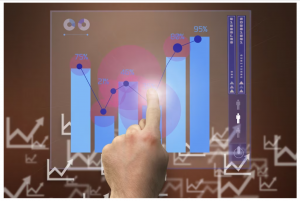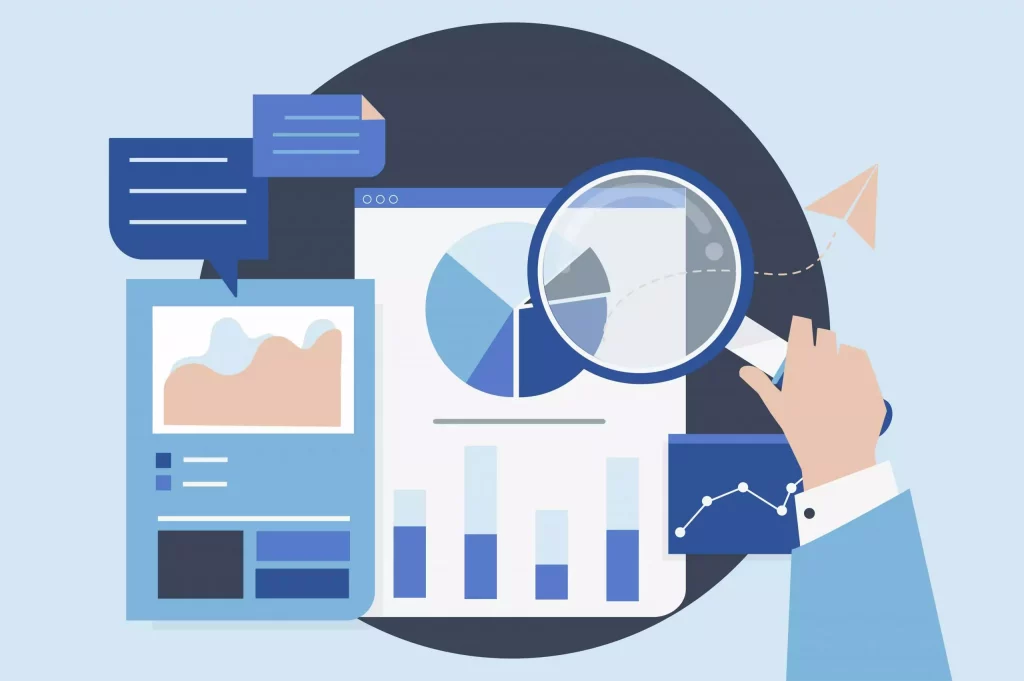In today’s data-driven world, organizations across various industries are unlocking the potential of predictive analytics to gain valuable insights and make informed decisions. Predictive analytics has emerged as a powerful tool that leverages historical and real-time data to forecast future trends, behaviours, and outcomes. From optimizing marketing campaigns to improving operational efficiency, predictive analytics empowers business to make proactive and strategic choices. In this blog post, we will delve into the fascinating world of predictive analytics, exploring its concepts, benefits, and applications across divers domains.
Predictive analytics involves extracting meaningful patterns and trends from historical data and using them to predict future outcomes. By analysing large datasets, organizations can identify correlations, detect hidden patterns, and make accurate forecasts. The foundation of predictive analytics lies in statistical modelling, data mining, and machine learning techniques. It combines historical data, variables, algorithms, and domain expertise to create predictive models capable of making precise predictions. The integration of predictive analytics into business processes offers numerous advantages.
Here are some benefits of predictive analytics at organizations.
1) Gain Actionable Insights and Make Data-driven Decisions.
By understanding future trends and behaviours, companies can allocate resources more effectively, optimize their operations, and stay ahead of the competition.
2) Identify and Mitigate Risks
Enables organizations to proactively manage potential challenges.
3) Enhancing customer experiences
Businesses can personalize their offerings based on predictive insights, ultimately driving customer satisfaction and loyalty.
Here are some industries and domains that predictive analytics find applications across.

1. Retail Sector
It assists in demand forecasting, inventory optimization, and targeted marketing campaigns.
2. Healthcare Sector
Utilizes predictive analytics to predict disease outbreaks, optimize treatment plans, and identify high-risk patients.
3. Financial Sector
Predictive analytics plays a crucial role in fraud detection, credit scoring, and investment forecasting.
Moreover, predictive analytics has proven valuable in the field of marketing, helping businesses identify customer preferences, anticipate churn, and create personalized marketing strategies.
Challenges of Predictive Analytics
1. One of the primary hurdles lies in the quality and availability of data. Accurate and reliable data is essential for building robust predictive models.
2. Privacy and ethical concerns regarding data usage and protection must be carefully addressed.
3. Organizations need to ensure that their predictive models are continuously updated and refined to account for changing trends and patterns in the data.
As technology continues to advance, the future of predictive analytics looks promising. With the increasing volume, variety, and velocity of data, organizations will have even more opportunities to harness predictive analytics. Advancements in artificial intelligence and machine learning algorithms will further enhance the accuracy and speed of predictions. The integration of predictive analytics with other emerging technologies like the Internet of Things (IoT) and blockchain will unlock new possibilities and enable more precise forecasting.
Conclusion:
Predictive analytics has transformed the way organizations operate, enabling them to anticipate future outcomes and make date-driven decisions. From optimizing business processes to enhancing customer experiences, the applications of predictive analytics are vast and diverse. By embracing this powerful tool, businesses can stay ahead in an increasingly competitive landscape and shape the future with confidence. In a data-driven world, predictive analytics is the key to unlocking the full potential of available information. By harnessing the power of historical and real-time data, businesses can make accurate predictions, optimize their operations, and stay one step ahead of the competition. As technology continues to evolve, the future of predictive analytics holds even greater promise, offering new opportunities to shape the future. So, embrace the power of predictive analytics and watch your organization thrive in the era of data-driven decision-making.
Interested in gaining knowledge on data analytics and learn to confidently incorporate data analytics into your organization? Take a look at Aventis “Predictive Analytics for Executives” course, to access valuable insights and make informed decisions to improve your organization’s performance and processes.

